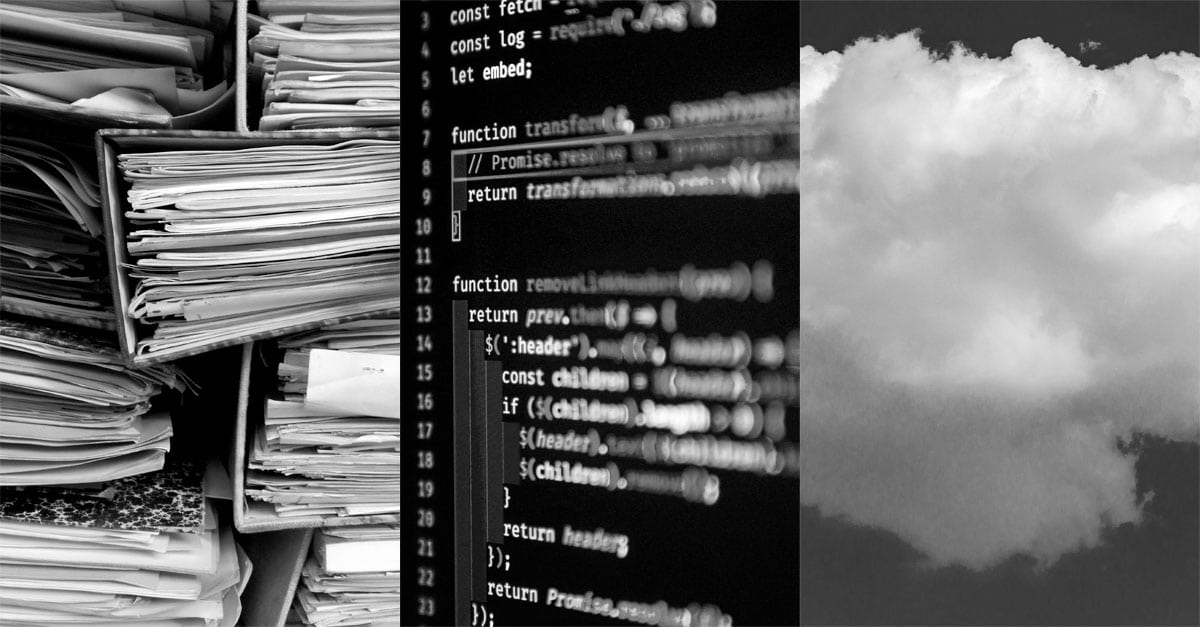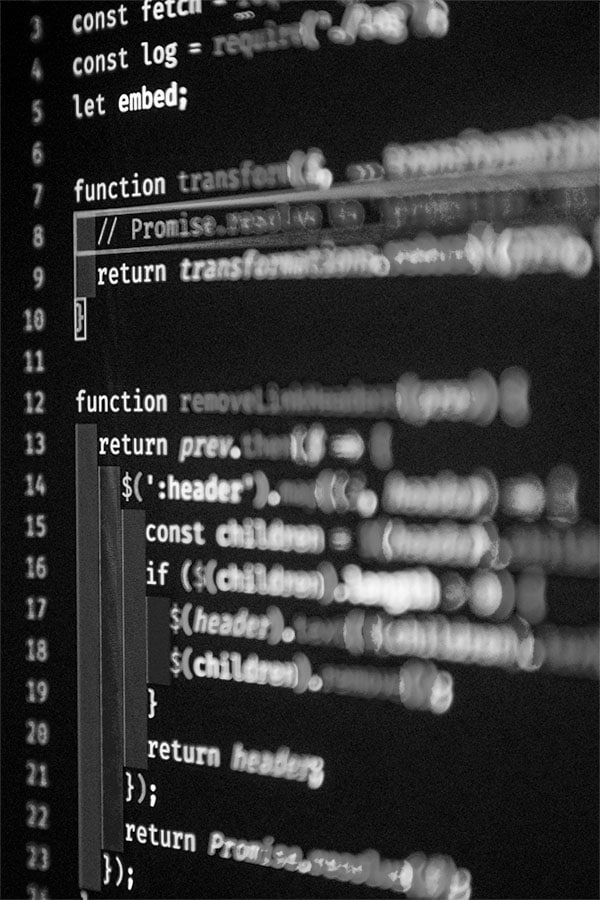Digitalisation
Digitalisation is more than a buzzword.
At Berg Software, we strongly believe that digitalising your core competence can increase the unique value that you can bring to customers.
We turn ideas into software. What is yours?
What is digitalisation: from paper to intelligent software _

You know it already: “Digitalisation (also known as Digital Transformation, DT or DX) is the adoption of digital technology to transform services or businesses, through replacing non-digital or manual processes with digital processes or replacing older digital technology with newer digital technology.” (Via Wikipedia)
What does this even mean? If you need to scale your business, or better access to high volume information/resources, all within the most secure standards – then you will want to stay away from paper/analog/manual and consider appropriate software solutions. These can range from simple, off-the-shelf software (e.g. MS Office) to intelligent, autonomous software.
Because digitalization is a complex topic, Berg Software splits it into several digitalization degrees, along two main vectors: needs/benefits and technology/solutions. Depending on your company’s life-stage, we think that you will probably fall somewhere between Digitalisation 2.0 and Digitalisation 4.0.
Regardless of where you stand on digitalization, we probably have the right solutions.
Digitalisation 1.0. _

You can think of it as the most basic, “archaic” digitalisation. In 2020 all companies are digital native, but there was a time (mostly during ‘90s) when moving away from paper-based to some (*any*) sort of software provided a competitivity boost.
The needs were quite basic: increase capacity and speed, in order to cope with the workload; and increase documents’ safety/security along the way. Therefore, the tools were pretty simple, too: virtually everyone used generic, off-the-shelf software (think Microsoft Office and similar).
Nowadays, we can’t really imagine any company making the jump from paper to software. But if there are any, it should be very easy for them to pick from the abundance of software solutions on the market.
Digitalisation 2.0. _

The next phase of digitalisation comes with the jump from Excel (or even from paper-based) to dedicated applications. Solid software solutions still help increasing capacity, but also:
- more people need faster access to the data/information;
- they need differentiated, role-based access;
- workflows have to be automated;
- data security becomes important.
Digitalisation 2.0 was traditionally the age of ERPs and CRMs. Nowadays, the cloud allows access to a broad range of SaaS alternatives. Last but not least, custom software can bring individual solutions to your specific challenges and context.
Some of Berg Software’s flagship “digitalisation 2.0.” projects are:
Digitalisation 3.0. _

Or, as we call it, “advanced digitalisation”. This is when your company’s processes are all integrated within a single digital ecosystem, in order to solve for a new set of challenges:
- users’ geographical dispersion and/or mobility;
- all information and functionalities need to integrate with each other;
- need for more refined (and higher volume) BI/business intelligence.
Digitalisation 3.0. keeps deploying the (more advanced) ERPs and CRMs, but then expands into more advanced software solutions such as:
- integration of data;
- integration of applications;
- BI/business intelligence;
- Big Data;
- custom software solutions.
Here are some of Berg Software’s “digitalisation 3.0.” projects:
- Clinical Automation Software for Biomedical Labs
- Enterprise BI solution / Fortune 500 Co.
- Enterprise communication regulation b/w contracting parties
- SAP Promotion management for retail applications
- SAP Retail assortment planning for retail applications
- Service delivery management application / Fortune 500 Co.
Digitalisation 4.0. _

Despite the challenges, technology is on the verge to make the next Renaissance possible. During the 4.0. phase of digitalisation, all information and processes are intelligent, adaptive and autonomous.
That’s why the nature of work is shaped away from tedious data collection, processing and analysis, into imagining creative solutions for a -supposedly- better world.
The high-volume, high-speed activities of global companies are reflected into software challenges:
- real time collection, processing and availability of data;
- real time access to information and insights;
- IoT/Internet of Things, machine-to-machine communications;
- hyper-automation of processes.
The technologies to solve them:
- AI/artificial intelligence, machine learning;
- IoT/Internet of Things;
- autonomous software;
- custom software.
Berg Software’s most significant “Digitalisation 4.0.” project:
Case studies: Digitalisation _
Enterprise BI solution / Fortune 500 Co.
Web-based BI solution for the storage systems industry. It provides world-wide secured access for business units into valuable data, analysis and insights.
Enterprise communication regulation between contracting parties
Application to facilitate communications between members depending on their roles. Imports data from SAP and makes it available as projects and orders to the privileged users. Platform for communication and tasks.
Preventive maintenance of manufacturing lines in a factory
An application that allows engineers to register new machines, mark operation points, schedule service intervals, view calendar of cleaning, inspection and lubrication activities.



